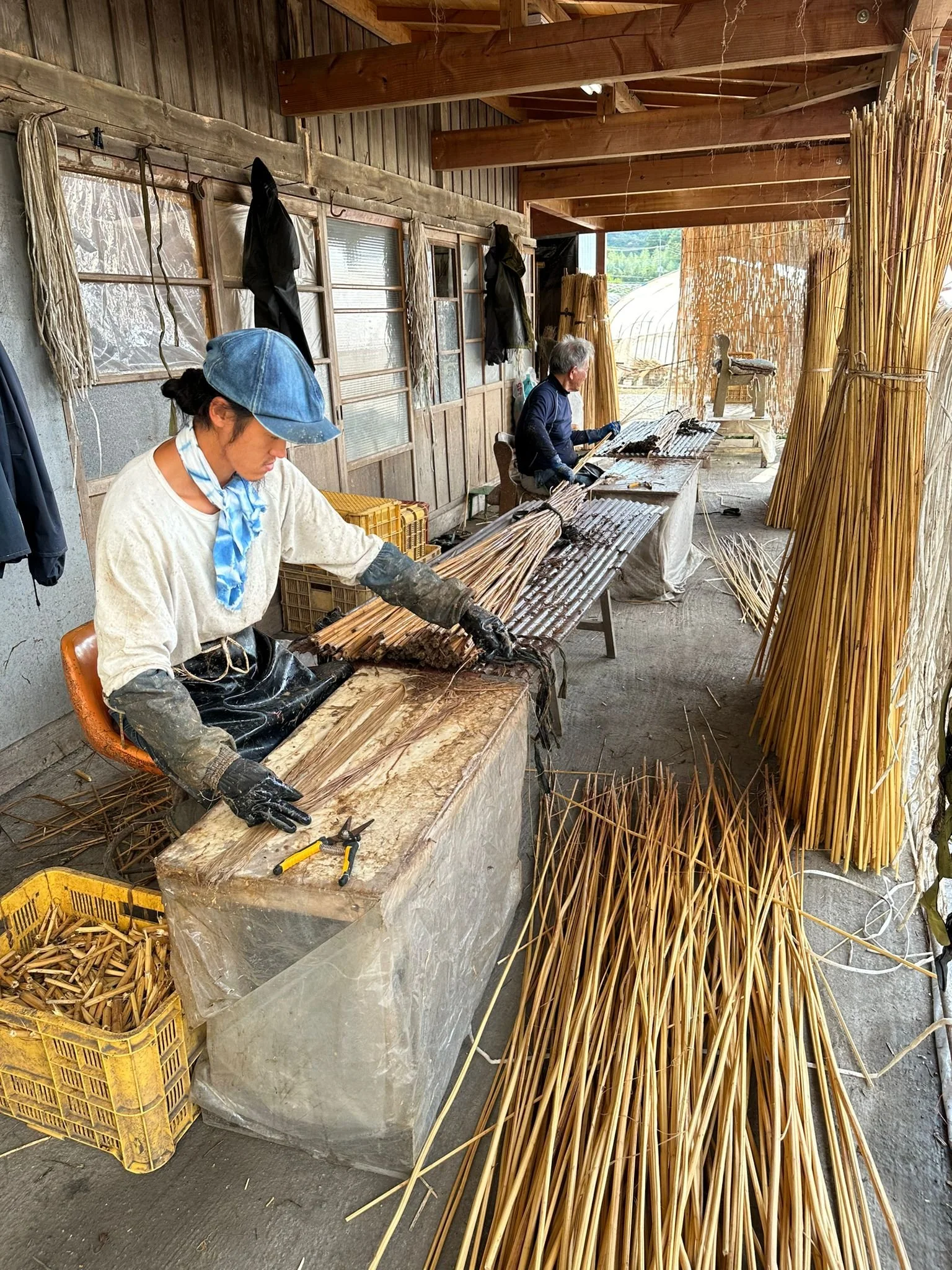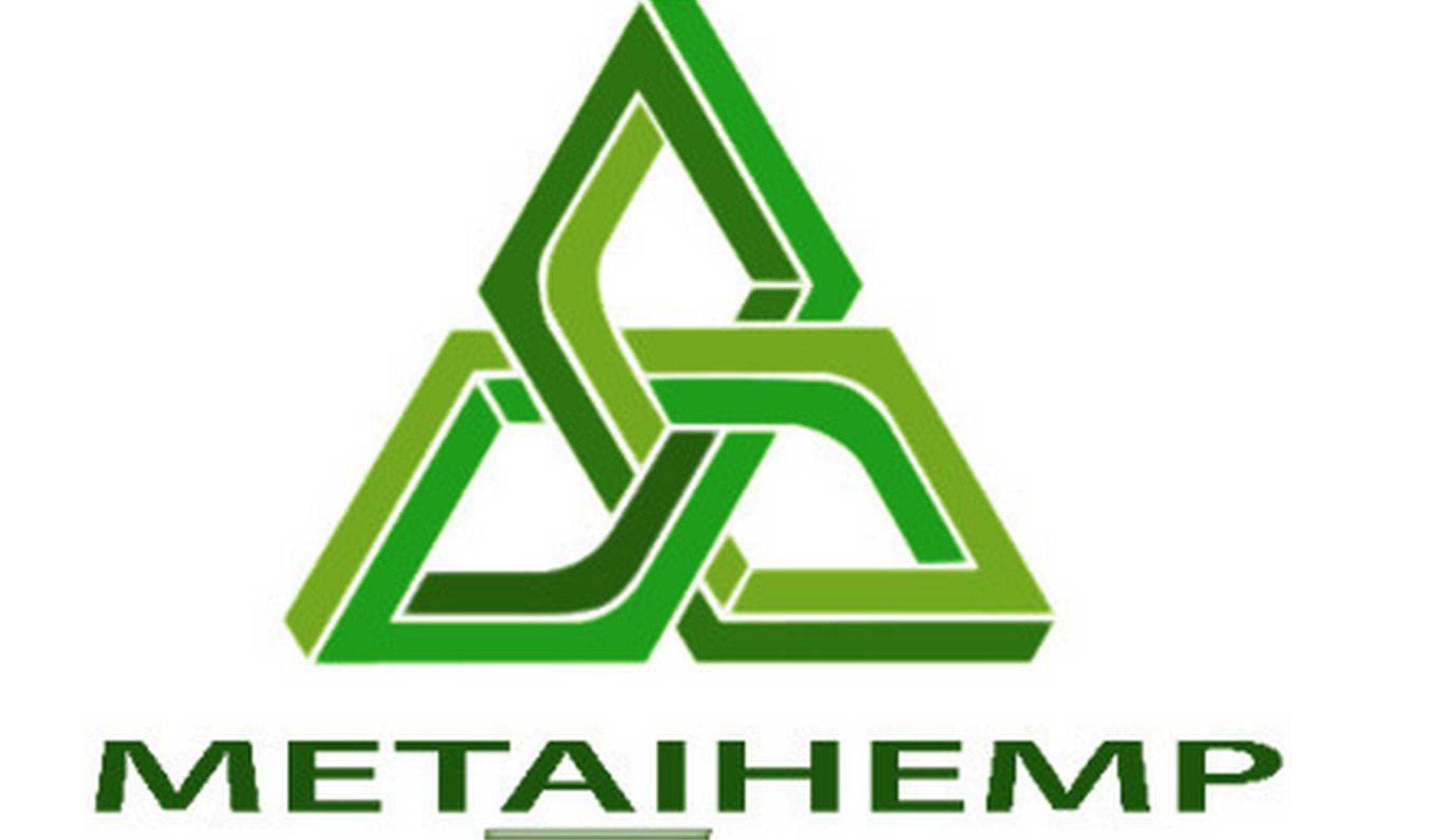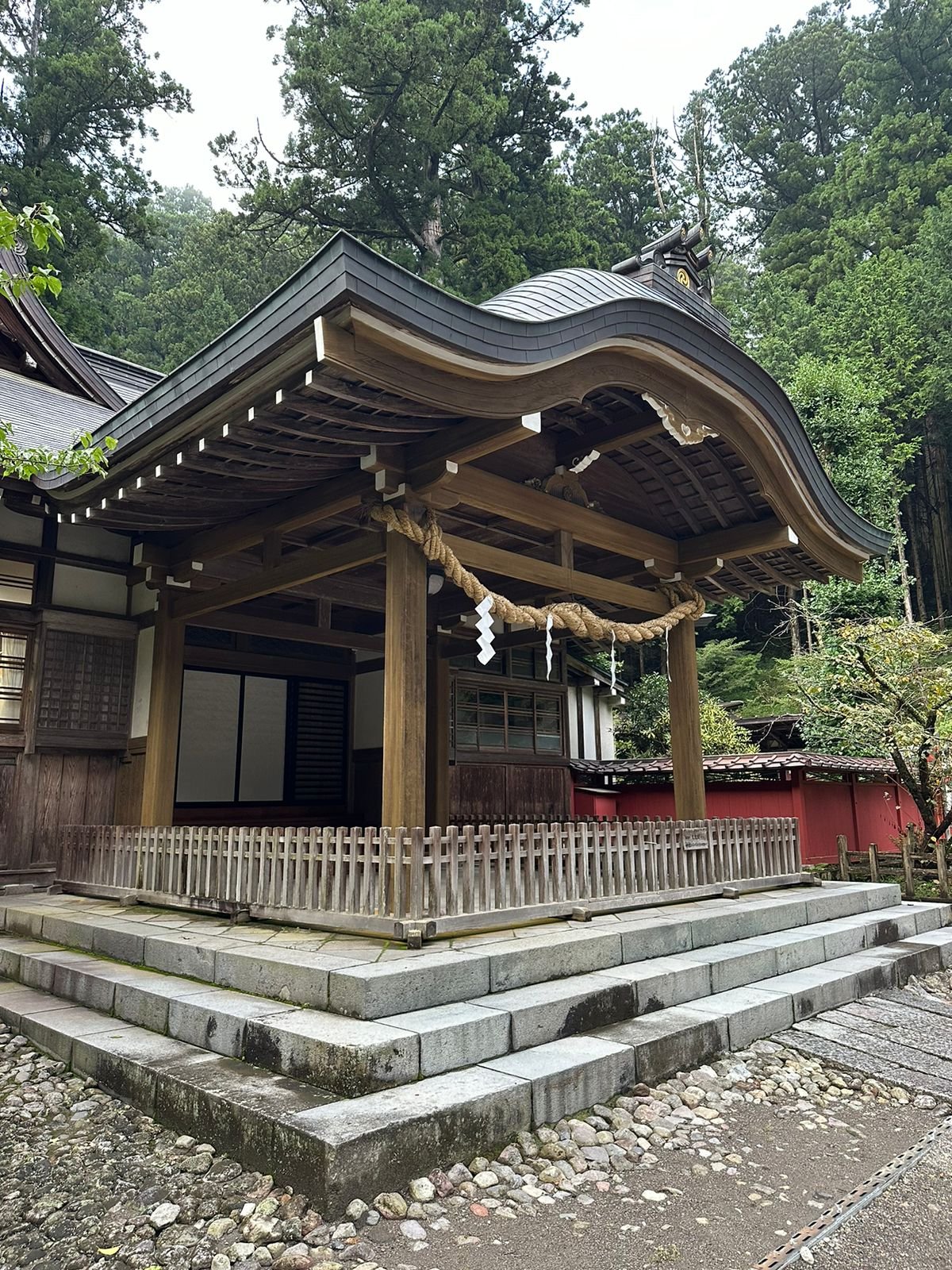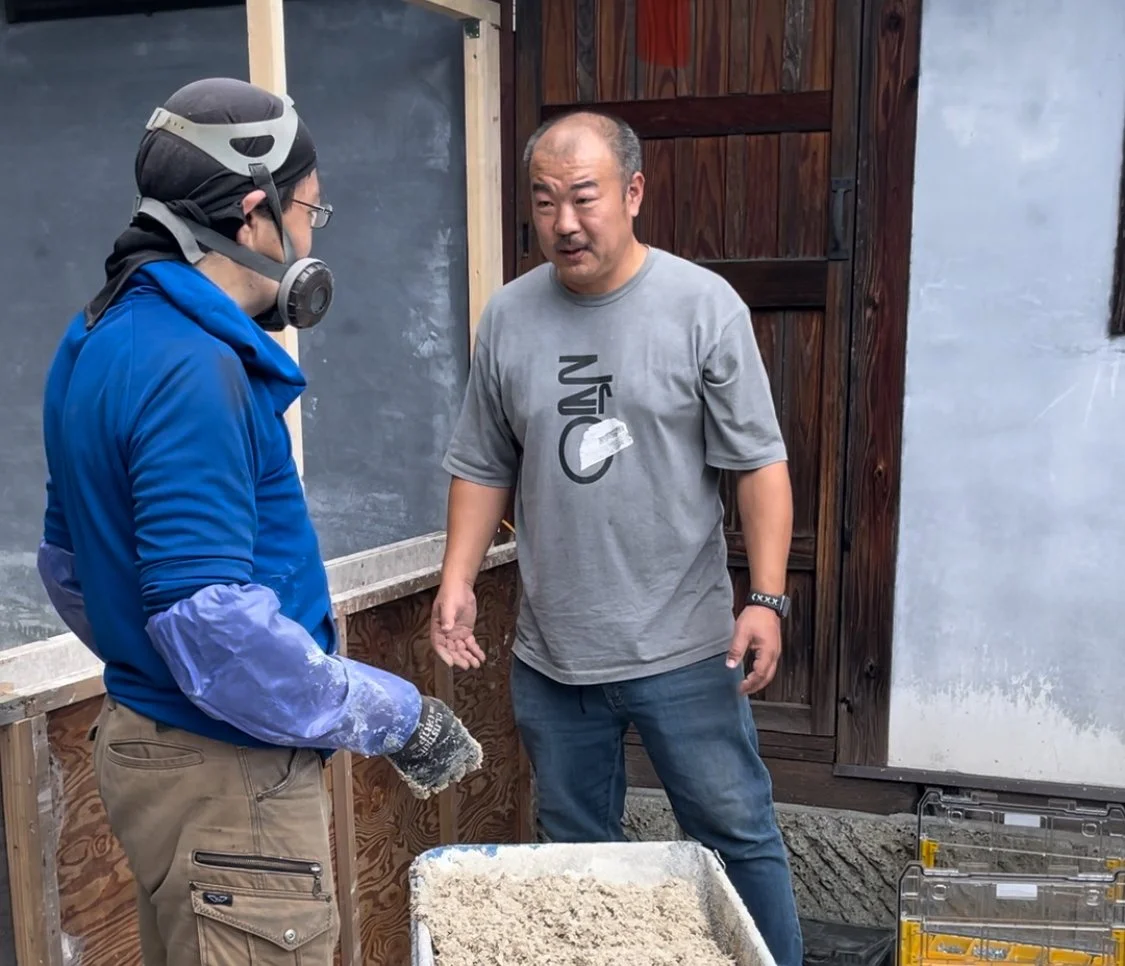US Hopes Green Construction Awakens Japan’s Hemp Industry
US and Thai visitors got a chance to visit one of Japan's first hempcrete homes as part of a trade delegation visiting for the first International Tokyo Hemp Conference Sept. 24-26. Photo courtesy of Ray Kaderli
US Hopes Green Construction Awakens Japan’s Hemp Industry
By Jean Lotus
Experienced US hemp builders got to visit one of the first hempcrete homes in Japan – and to meet the builder – at the first Tokyo International Hemp Conference this week, organized by the Japan Industrial Hemp Association (JIHA).
“We are still building hemp walls by hand,” Hiroaki Tajima of Tochigi-based Limbs, Ltd. construction, told visiting members from the US Hemp Building Association. “I’d like to build more houses,” Tajima added. “We are just at the beginning.”
New laws regarding the legalization of hemp in Japan, and new coalitions with Thailand, are opening up possibilities for the hemp industry for medicinal and industrial uses in both Asian countries.
Twenty-six US hemp industry experts were brought to the conference in a delegation organized by the Washington DC-based National Industrial Hemp Council, and funded through grants from the USDA-Foreign Agricultural Service’s Regional Agricultural Promotion Program (RAPP). Members of the Thai Industrial Hemp Trade Association (TiHTA) organized the tour.
US delegates included representatives from HempWood, IND Hemp, The Hemp Plastic Company, Oregon State University’s Global Hemp Innovation Center, We Are For Better Alternatives (WAFBA), US Hemp Building Assn., Hemp Building Institute, FyberX, Bear Fiber, and the Kentucky Hemp Farmers Cooperative among others, attended.
“Housing, shelter, food, clothing, medicine …” Patrick Atagi, CEO and Executive Director of the NIHC told conference attendees. “There is no other plant that meets the basic needs of people,” he added.
The USDA has promoted hemp as a climate-smart specialty crop and renamed a key trade advisory committee to include hemp, naming Atagi to the committee. The RAPP program has allocated $300 million for promotion of US agricultural products to foreign markets.
“We are here to help you and support you,” Atagi told Japanese organizers.
Cannabis prohibition in Japan
The United States and Japan share a history of prohibition for cannabis in its medicinal and industrial uses. In 1948 post-war Japan, the US government imposed its cannabis prohibition policies on industrial hemp with the passage of the Cannabis Control Law. Hemp production collapsed to less than 9 hectares nationally, mostly in Tochigi prefecture. Marijuana laws in Japan are still very strict.
But new laws passed in December, 2023 are loosening the rules for medicinal uses for hemp, including CBD, and many new CBD companies are sprouting up in Japan.
With a renewed interest in hemp nationally, the “commodity side” industrial uses of hemp in Japan offer even more new opportunities, Atagi told the conference.
Industrial hemp is displayed at the Tochigi City hemp museum, which celebrates the successful hemp business of the Yokohama family, starting in 1869. Photo courtesy of Jean Lotus
Long history of hemp in Japan
Hemp’s millenia-long history in Japan is complex. Until prohibition, hemp was deeply entwined in both ordinary and sacred parts of Japanese life. The highly adaptable plant was used for rope, fiber and textiles, but also had a divine significance in the Shinto religion.
In a visit to Tochigi Prefecture, US and Thai visitors got to see the historic role of both.
At the Tochigi City hemp museum, visiting Thai and US delegates learned about the successful hemp business of the Yokohama family. Starting in 1869, the family harvested and processed hemp for industrial uses which they shipped by canal to Edo (Tokyo). The company was so successful they also started the regional bank.
Historic photos of the Yokohama family, who made their fortune growing and processing hemp, are displayed in the museum in Tochigi City. Photo courtesy of Jean Lotus
Later, the visitors got to see Japan’s hemp history in action. For eight generations, the Tochigi-based family farm Yashu-Asa (Golden Hemp) has grown and processed hemp for both secular and religious purposes.
Workers process retted hemp stalks at Golden Hemp in Tochigi Prefecture, Japan. Photo courtesy of Jean Lotus
Shinto traditions
The shimenawa sacred hemp rope is found at the entrances to Shinto shrines. According to tradition, a divine spirit inhabits the shimenawa and prevents evil sprits from entering the shrine. White paper prayer ribbons and tassels are attached to the ropes, which are also used to protect sacred trees and rocks. Champion Japanese yokozuna sumo wrestlers also wear a hemp-based rope belt.
A sacred shimenawa hemp rope serves as a divine protection from evil spirits at Shinto shrines and sacred spaces. Photo courtesy of Tim McCarthy.
Visiting one of the first hempcrete buildings in Japan
Golden Hemp’s proprietor, Yoshinori Oomuri, invited visitors to see one of the first hempcrete (hemp-lime) buildings in Japan (by Limbs’s Tajima). Visitors also built part of a wall for a new structure. The new walls demonstrated the local sustainability of hempcrete: Local hemp hurd was grown on-the-farm and stalks chipped onsite. They were added to a mixture of water, lime and locally sourced yellow magnesium-rich clay.
“The built space is a place for people to gather,” said Ray Kaderli, president of the US Hemp Building Association. “People on this trip gathered to build connection and culture. Japan’s return to its connection to hemp is taking shape, in part, through new efforts to use hemp for buildings,” Kaderli continued.
Yoshinori Oomuri, (R), owner of Golden Hemp speaks to an employee at a hempcrete workshop in Tochigi. Photo by Jean Lotus
Thailand’s hemp industry
Thailand has also adopted new laws for medical and recreational cannabis, as well as industrial hemp. The Thai Hmong hill-tribe people are experts in hemp textile manufacturing as well as batik and embroidering traditional hemp textiles, said Sharon Deidre “Dydy” Leyson, VP of international affairs at TiHTA.
Oomuri and TiHTA Honorary Chairman Dr. Weerachai Nanakorn signed a memorandum of understanding to work together to build the hemp industry in both nations. Atagi said a new Asian hemp federation is being discussed. Later, the delegation met at the Thai ambassador’s Tokyo residence to network with US and Japanese hemp entrepreneurs.
Members of the US delegation to Japan pose in the Tokyo offices of the Thai ambassador. Photo courtesy of Bryan Dawson.
Challenges: Building Japan’s hemp fiber market
Today, fiber hemp in Japan is mainly used for ceremonial purposes.
“For Japan to develop an industrial hemp industry, it would require both a revision of laws concerning cannabis cultivation licensing, as well as technical education on modern cultivation and uses of hemp,” wrote USDA-FAS author Tomohiro Kurai in The Japanese Market for Hemp Fiber in 2023. “Developing a market in Japan for U.S. hemp fiber for industrial uses would require a concerted effort and partnerships with manufacturers and construction industries,” Kurai added.
“A lack of awareness of the benefits of hemp for industrial use and the high price remain the main barriers. Industry contacts have expressed hope that the price will come down as the industrial hemp industry becomes more established overseas.”
Sustainable climate goals and hemp’s special role
The hemp building industry is in its infancy in Japan, but new changes to hemp and cannabis regulations – and a focus on sustainability – may boost opportunities for hemp building in the near future.
The Japanese government and corporations are taking seriously the United Nations’s sustainable climate goals. Cutting the construction industry’s greenhouse gasses using hemp (and other natural building materials) can create healthier non-toxic homes.
But most importantly, building with hemp could capture the Japanese imagination by acknowledging the plant’’s important stature in Japanese culture, US hemp builders believe.
“Just as pioneering US hempcrete builders have imported hemp hurd from Europe, there may be an opportunity to export US-grown hemp and technical training to Japan, to help get their industry off the ground,” said USHBA’s Kaderli.
“The USHBA is honored to participate, help, and share ideas that will build homes, build connections to one another, and to build connection to the hemp plant in meaningful ways.”
US and Thai delegates gather inside one of the first hempcrete buildings built in Japan at the Golden Hemp farm. Photo courtesy of Jean Lotus
Please Support Our Classified Advertisers
(To find out more about advertising CLICK HERE).
Publications
Hemp Building Directory 2024 - Guide to the International Hemp Building Industry
“Hemp Buildings - 50 International Case Studies” by Steve Allin
Green Builders
Cut energy bills and live toxin free with Texas Healthy Homes
Build your hempcrete dream house in Austin, TX with Gradek Contracting and Design
8th Fire Innovations: 15 Years of Hemp Building in Alberta, Canada. Home of the Divita Block System
Experienced Natural Building Engineering Services from Verdant Structural Engineers, CA
Natural Materials Design at Plural Office Architects, Austin TX
Hemp Building Research and Training
Enrolling now Hemp Build School Masterminds online and IRL for Homeowners and Professionals
Hemp Hurd (shivs)/Hemp Fiber/ Hemp Microfiber
Your Hemp Agricultural Solutions: Whitefield Global Holdings
Grown in USA: Hemp and Fiber specialists at Complete Hemp Processing
Hemp Building Supplies, No Order Too Small. Hemp Traders, Los Angeles
Hempcrete installers/Insulation subcontractors
Hemp Build Network: We Make Building with Hemp Possible, New Braunfels, TX
Hemp Building Company: Hempcrete installation, supplies Lafayette, CO
Design and build your Hempcrete home with HempStone LLC complete consultants
Lime Binder
Hemp Batt Insulation/Supplies
Hemp Wall Panel Products
Preorder your hempcrete tiny house from Sativa Building Systems
Panel solutions from Homeland Hempcrete
Hemp Blocks
Financial Services:
Professional Associations






































